11 Tips For Training A Rescue Dog
Bringing home a rescue dog can be an incredibly rewarding experience. However, adopted dogs often come with their own unique set of behavioral challenges. Unlike puppies who arrive as a “blank slate,” rescue dogs may have had previous life experiences that shape their personality and temperament. Fortunately, with patience and proper training techniques, adopted dogs can overcome their past and become well-adjusted, obedient pets. Here are 11 tips for successfully training a rescue dog.
Training A Shelter Dog Tips
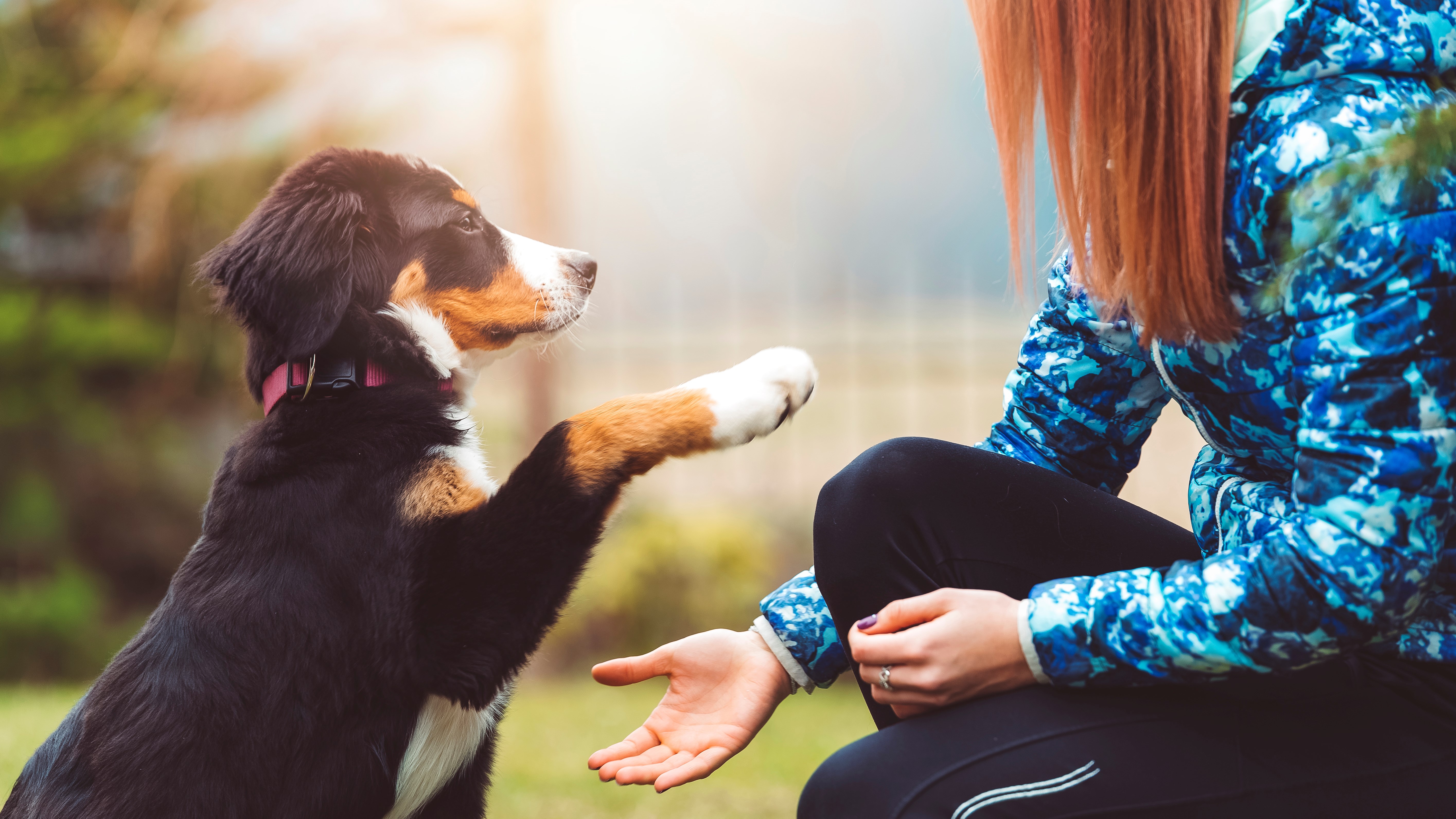
Plan And Prepare Ahead
- Do your research on the breed or breed mix you’re considering. This will give you insight into any innate traits or tendencies.
- Ask the shelter staff about the dog’s known history and background. The more information you can gather, the better.
- “Dog-proof” your home by removing tempting items and setting up any crates or gates ahead of time. This will help avoid any destructive behaviors.
- Have tasty treats on hand to use as positive reinforcement during training sessions. High-value options like boiled chicken, hot dogs, and cheese are ideal.
Get To Know Your New Dog
- Give your rescue dog ample time to decompress and get comfortable in your home before starting any rigorous training. This may take days or even weeks.
- Learn your individual dog’s personality quirks, motivations, and preferences. What rewards make them the happiest? What frightens them? Tailor training accordingly.
- Initially focus on relationship-building through cuddles, playtime, walks, and games. A strong bond will make training easier down the road.
Questions To Ask When Adopting A Dog!
- Is the dog housebroken? If not, crate training is essential for a new rescue dog.
- How does the dog behave on leash? Strong leash manners require immediate work.
- Is the dog good with children or other pets? Socialization will be key if not.
- Does the dog know basic obedience cues? Reinforcing these provides a great starting point.
- What type of background does the dog have? Abuse or neglect can create specific training challenges.
Expect An Adjustment Period
- It’s normal for recently adopted dogs to exhibit mildly anxious or “clingy” behaviors at first as they acclimate. Be patient!
- Accidents, mild resource guarding, and demolition of your belongings may happen in those first few weeks. Try not to react punitively.
- Settle into a predictable routine right away. This gives your rescue dog stability and comfort during the transition.
- Allow 2-4 weeks for your adopted dog to decompress before engaging in intense behavioral modification.
Basics Of How To Train An Adopted Dog
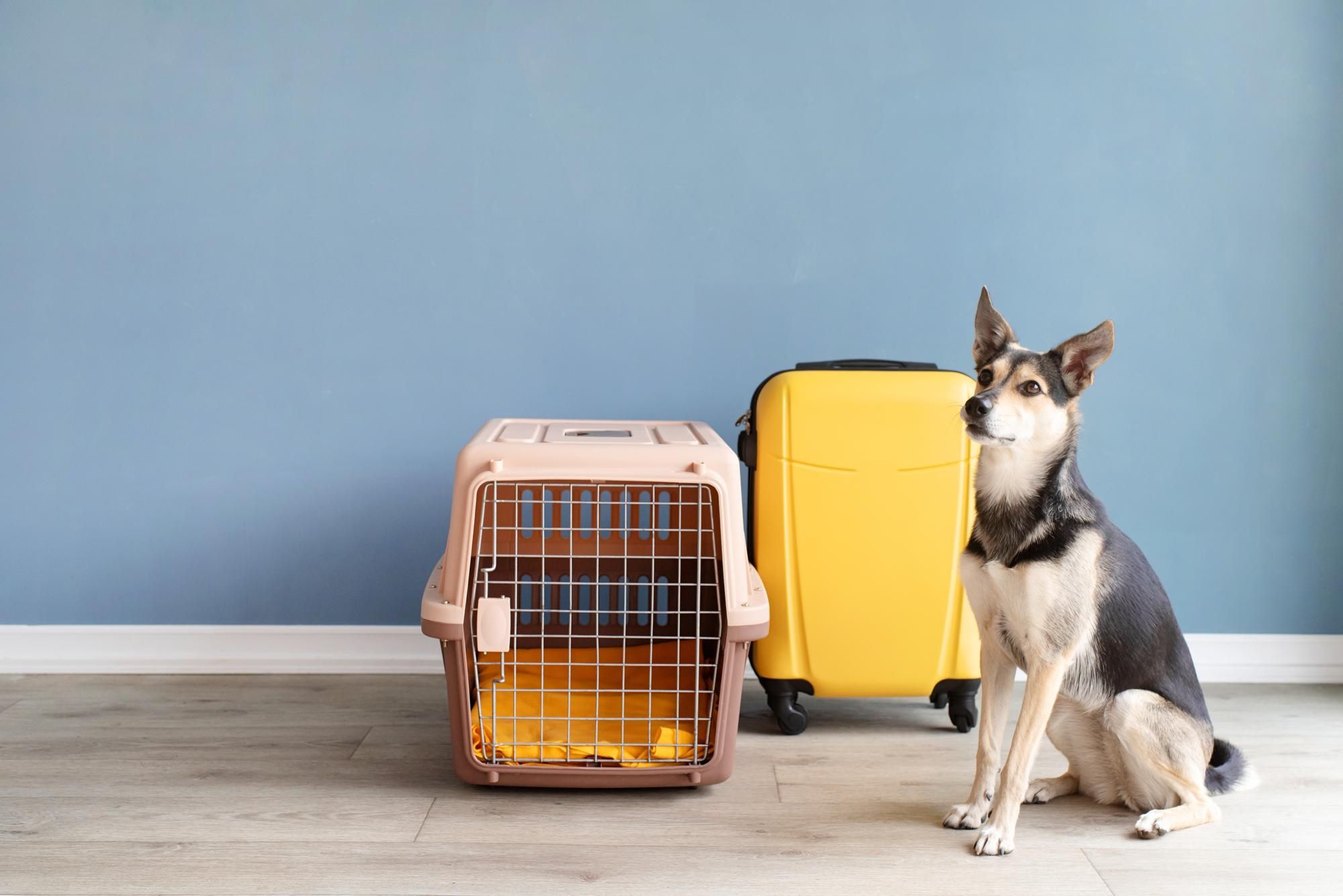
Set Boundaries And Create A Routine
- Dogs thrive on structure. Set up a daily routine for feeding, walks, playtime” training sessions, etc.
- Be firm and consistent when enforcing house rules. Don’t let begging, counter-surfing, or other unwanted behaviors slide.
- Use crates, tethers, and baby gates to manage your dog’s access and prevent “accidents” until housetraining improves.
- Make sure the whole family is on the same page about rules and expectations. Mixed signals will confuse your rescue dog.
Keep The Training Sessions Short But Frequent
- Rescue dogs have shorter attention spans, especially at first. Sessions of 5-10 minutes, 2-3 times per day are ideal.
- End each session on a positive note with your dog obeying a command correctly. Don’t push too long or they’ll get frustrated.
- Incorporate mini training and reinforcement exercises throughout your normal daily activities and routines.
- High energy dogs may need physical exercise first to burn off steam before being able to focus on training mentally.
Use Reward-Based Training
- Positive reinforcement (treats, praise) is the most effective and humane way to train rescued dogs.
- Immediately reward desired behaviors you want to strengthen. Be generous with treats in the beginning!
- Never use punishment like yelling or physical discipline. This will damage your bond and trust.
- If your rescue dog gets confused, simplify the training cues or slow the pace. Don’t scold them for struggling.
Begin With The Basics
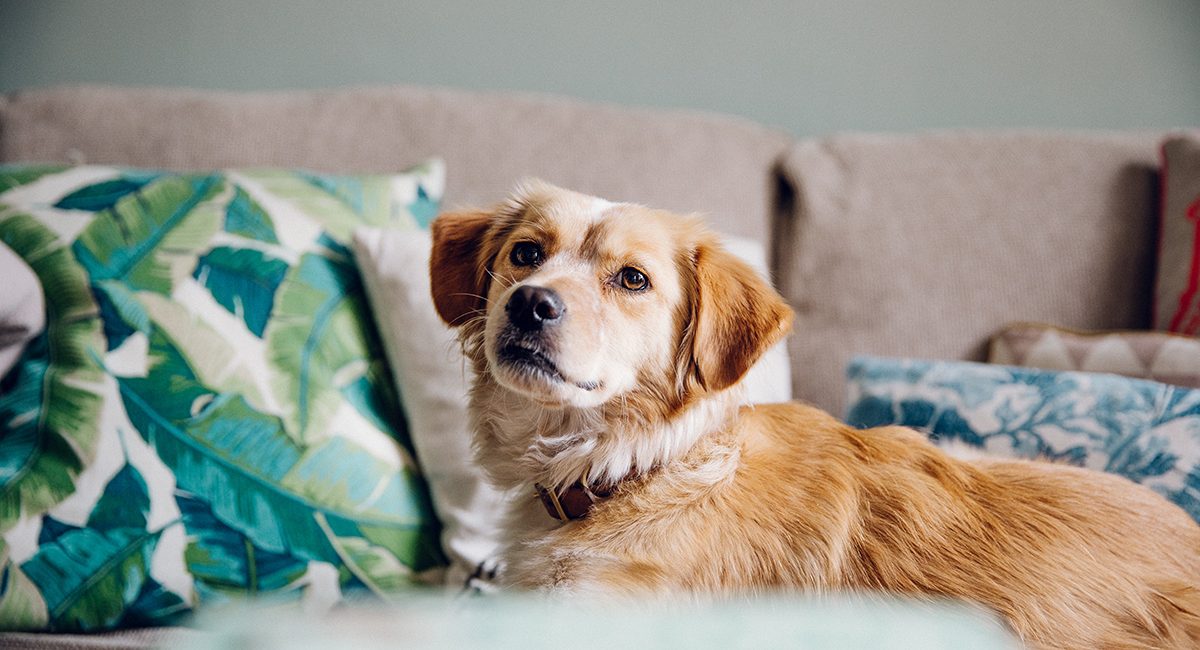
Start Crate Training
- Introduce the crate slowly with treats and praise so your dog learns to love it as their safe space. Never force them in.
- Keep initial crating sessions very short. Allow them out before they get restless or vocal.
- Feed meals inside the crate and give special chew toys only when crated to build positive associations.
- Ignore whining behaviors to avoid reinforcing them. But don’t escalate crate time if your dog is truly distressed.
Remember The Importance Of Socialization
- Expose your adopted dog to new sights, sounds, people, and other dogs in a gradual, controlled, positive manner.
- Let friendly strangers offer treats to help shy dogs overcome any wariness around new people.
- Arrange relaxed meetings with known vaccinated dogs to improve social skills if needed.
- Never flood your rescue dog by forcing too much new stimulation too fast. Take it slow.
Sign Up For Obedience Classes
- Basic obedience classes are invaluable for adopted dogs lacking training foundations.
- Group classes provide structured socialization with other dogs under controlled conditions.
- Trainers can offer guidance tailored to your individual dog’s problem areas and learning style.
- Classes tire dogs mentally and physically. Training at home afterward becomes easier.
Be Patient
- Some adopted dogs may progress more slowly due to past neglect, abuse, or lack of early socialization.
- Stick to short, frequent, positive sessions. Don’t move too quickly through training steps.
- If your rescue dog seems overwhelmed, reduce criteria, slow the pace, and manage the environment better.
- Seek help from a certified behaviorist or trainer if certain issues persist after several weeks.
- Celebrate small successes! Even minor progress is exciting with a challenging rescue dog.
House Training A Rescue Dog

House training an adult rescue dog can certainly present challenges. Unlike a puppy who can typically be housetrained within a few months, rescue dogs often come with ingrained habits that will take time and dedication to overcome. However, adult dogs do have more mental maturity and impulse control, which can facilitate the training process. Here are some tips for house training your newly adopted adult dog:
Crate Training For Housebreaking
Crate training is usually essential for adult dogs lacking housetraining. The crate prevents “accidents” inside when you can’t actively supervise. Make sure dogs are given ample outdoor potty breaks. Never use the crate punitively. Feed meals in the crate and provide special chew toys to create a positive association.
Set A Schedule
Adult dogs have stronger capacity to “hold it” for longer periods. Stick to a clear schedule for feeding, water intake, and potty breaks. Take away water 2-3 hours before bedtime. Consistency is key. An irregular schedule will undermine house training.
Limit Freedom Initially
Don’t give an untrained adult rescue dog unsupervised run of the house, at least at first. Confine them when you’re occupied or away. Tethers, crates, and baby gates are useful tools. Earning more freedom should be contingent on consistent housetraining.
Supervise And Interrupt Accidents
When possible, keep your untrained dog under direct observation inside. If you catch them in the act of an accident, urgently interrupt with a loud “Ah Ah!” and escort them outside immediately to finish. Praise for finishing outdoors.
Reward Outdoor Potty Breaks
Always praise and give treats when your dog potties in the right spot outside. Make it extremely rewarding. You can even teach a cue like “Go potty!” to eventually prompt the desired behavior on command.
Adult dogs tend to pick up housetraining quickly, especially if they’ve been previously housebroken at some point in their past. Try to exercise patience as your rescue dog adjusts to your schedule and environment. Consistency, supervision, and positive reinforcement will be your best tools for success.
Crate Training A Rescue Dog
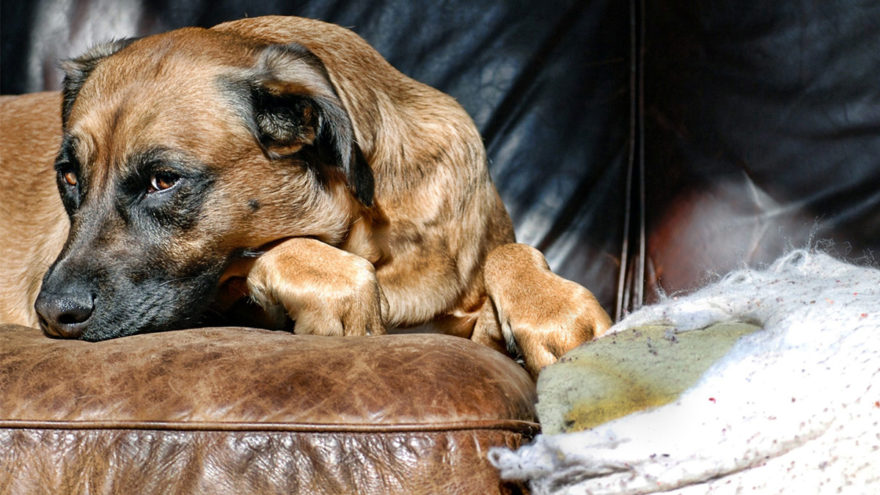
Crate training provides immense benefits for both newly adopted rescue dogs and their owners. Used properly, crates prevent destructive behaviors, aid in housetraining, and provide a safe haven for dogs to retreat to. Here are tips on successfully crate training your adult rescue dog:
Select The Right Crate
Choose a wire or plastic crate only large enough for your dog to stand, turn around, and lie down comfortably. If the crate is too spacious they may eliminate inside it. Cover the top and sides to create a den-like enclosure.
Use Food And Toys
Place treats and filled chew toys inside the crate to motivate your dog to enter voluntarily. Feed all meals inside as well. You want them to have only positive associations with the crate. Never force or scare your dog into entering against their will.
Crate In Stages
Begin by only closing the door for very brief durations of 1-2 seconds while your dog is eating. Open again before they become anxious or bark. Very gradually work up to longer crating periods of 30+ minutes.
Prevent Negative Experiences
Always allow your dog outside to relieve themselves immediately before crating. Only crate for reasonable time periods to avoid accidents. Ignore harmless vocal complaints. But if your dog shows serious distress, discontinue crating temporarily and retraining more gradually.
Provide Comfort Items
Place safe chew toys in the crate along with comfortable bedding that smells familiar. Some dogs are calmed by wearing an item of the owner’s clothing or having a ticking clock nearby. Find what makes your individual dog most relaxed.
With time and positive conditioning, your rescue dog will come to view their crate as a sanctuary rather than a punishment. Be patient, move slowly, and keep experiences upbeat. Proper crate training sets up both you and your adopted dog for success.
Training An Older Rescue Dog
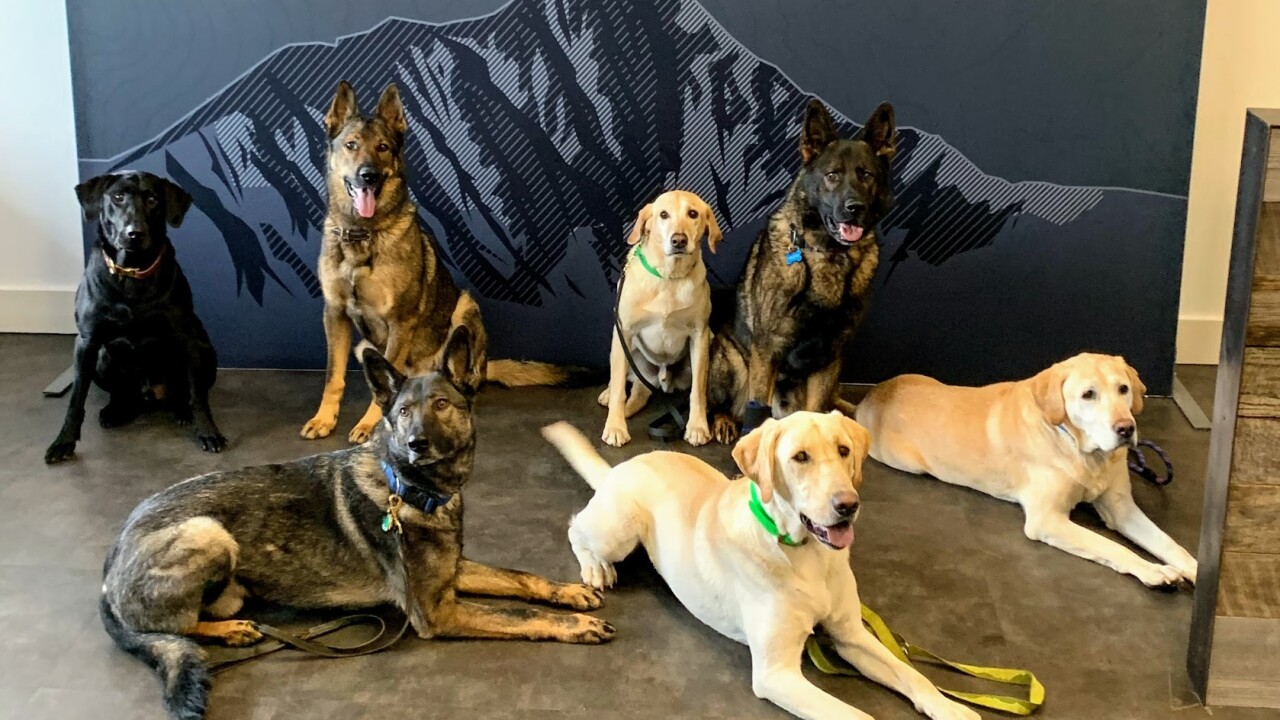
Training an adopted older dog presents some unique challenges compared to a younger puppy. However, adult dogs often pick up on behaviors faster than puppies. Here are some tips for successfully training your senior rescue dog:
Health Check First
Get a full veterinary exam to uncover any conditions that could affect your dog’s mobility, senses, or cognition. Certain medications and supplements can also improve alertness and reduce anxiety.
Short, Engaging Sessions
Older dogs have lower energy levels and shorter attention spans. Keep training sessions to 5-10 minutes using tasty treats, praise, and play to keep them engaged and motivated. End on a positive note before your dog loses interest.
Teach One Cue At A Time
Seniors can struggle with learning chains of commands. Focus on thoroughly mastering each simple cue (sit, stay, come, down) individually before chaining together more complex behaviors.
Rethink Corrections
Avoid harsh verbal or physical corrections which can frighten older dogs and damage your bond. If your dog struggles, just slow the pace and improve your motivation strategies. Seniors respond best to kindness.
Prioritize Essentials
Perfecting “must-know” skills like housetraining, walking politely on leash, and basic manners should take precedence over complicated tricks. Nail these core behaviors first to set your dog up for success.
While training senior dogs requires some adjustments, it can be richly rewarding. Most adult rescues truly thrive in their new homes with some personalized guidance. Be patient, keep sessions low-stress, and remember to appreciate the joy of even small accomplishments.
Training A Nervous, Fearful, Or Abused Rescue Dog
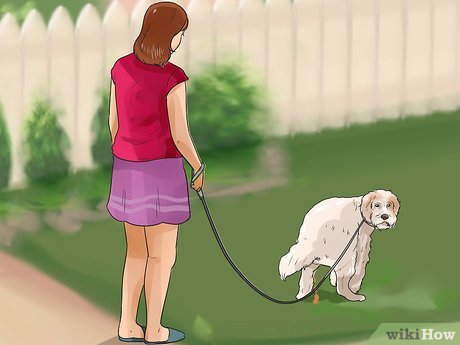
Dogs with histories of anxiety, fear, or abuse need specialized training approaches that build confidence and trust. Here are some important tips:
Build A Bond First
Don’t rush into training. Spend quality time mutually bonding through cuddling, massage, play, and hand-feeding treats. This foundations is essential for fearful dogs.
Work Under Threshold
Determine triggers/situations that cause anxiety, and work at lower intensities your dog can handle without reacting. Slowly raise criteria once they gain confidence.
Use High-Value Rewards
Foods like chicken, cheese, hot dogs and toys reserved exclusively for training help keep fearful dogs focused. Lavish praise is also extremely effective.
Avoid Flooding
Don’t flood fearful dogs by forcing exposure to scary stimuli too quickly or intensely. They should feel secure enough to examine new things voluntarily.
Be Your Dog’s Advocate
Don’t let strangers pet or crowd your nervous dog without permission. Politely ask them to wait until your dog approaches first, and reward engagement.
With dedicated counterconditioning and desensitization protocols, fearful rescue dogs can overcome anxieties. But progress requires an empathetic, patient training approach focused on trust and positivity.
Common Mistakes Owners Make When Training Rescue Dogs
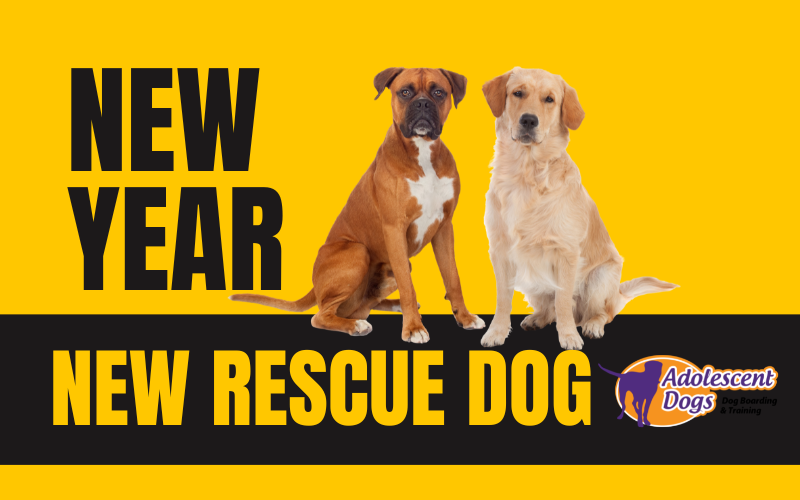
It’s easy to make well-intentioned mistakes when training a newly adopted rescue dog. Here are some common errors to avoid:
Punishing Fear Responses
Correction-based techniques often exacerbate fearful behaviors. Yelling at a dog for cowers or barking will only increase anxiety. Use desensitization instead.
Moving Too Fast
Rescue dogs need ample time to decompress and bond before formal training starts. Rushing the process can overwhelm them. Let them settle in first.
Not Practicing Consistency
Dogs thrive on structure and predictable rules. Allowing behaviors sometimes but not others sends mixed signals. Enforce house guidelines uniformly.
Neglecting Exercise Needs
High-energy dogs require sufficient exercise to focus during training sessions. A long walk beforehand prevents restlessness.
Ending On A Negative Note
Always finish sessions after a success. If your rescue dog begins struggling with a task, end with an easier skill they’ve mastered. This keeps motivation high.
Patience and empathy are key when modifying rescue dogs’ behaviors. Avoid harsh methods and focus on rebuilding trust through positive experiences.
Final Thoughts
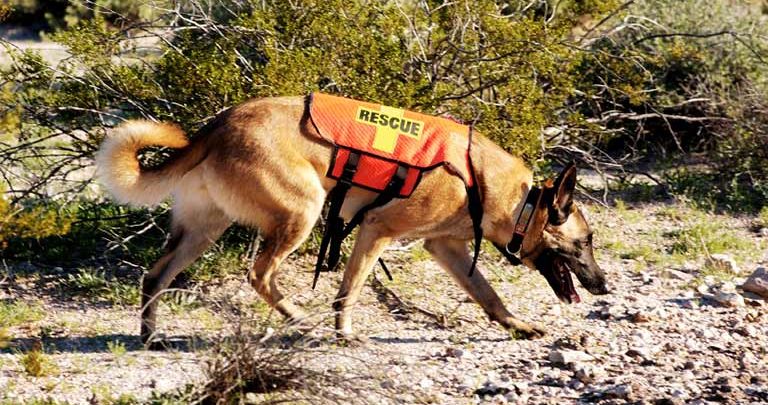
Bringing home a rescue dog is incredibly rewarding but also comes with unique challenges. While adopted dogs may need more intensive training than puppies, don’t let that dissuade you. With ample patience, an understanding of your individual dog’s needs, and positive reinforcement-based techniques, you can help fearful, anxious, or untrained rescue dogs become happy, obedient companions. Progress may be slower than with other dogs but every small step forward makes a difference. Stay committed to your rescue dog, continually show them love and patience, lean on the guidance of professionals when needed, and your efforts will be rewarded with a lasting human-canine bond you can both cherish.
Conclusion
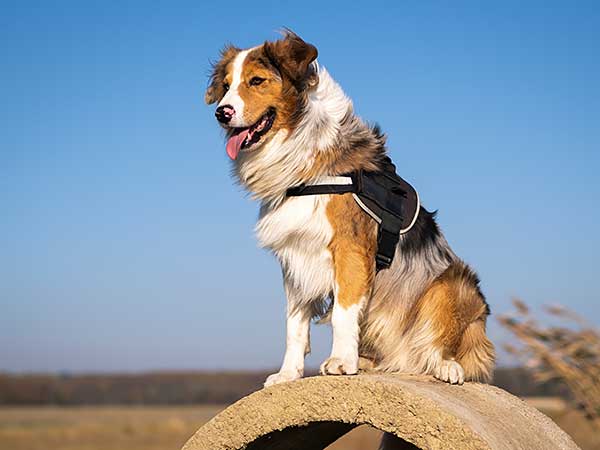
There is no one-size-fits-all approach to training rescue dogs due to their diverse backgrounds. However, by tapping into your empathy, allowing ample adjustment time, keeping sessions low-stress and rewards-focused, you can modify unwanted habits and build essential obedience skills. Don’t rush the process. Celebrate small successes. And remember that adopting a rescue dog is a commitment to provide them the personalized guidance they need to leave their past behind and thrive in a stable, loving home. Consistency, bonding and positive reinforcement will set you both up for success. The journey may require work but the rewards for you and your adopted dog make it profoundly worth the effort.
